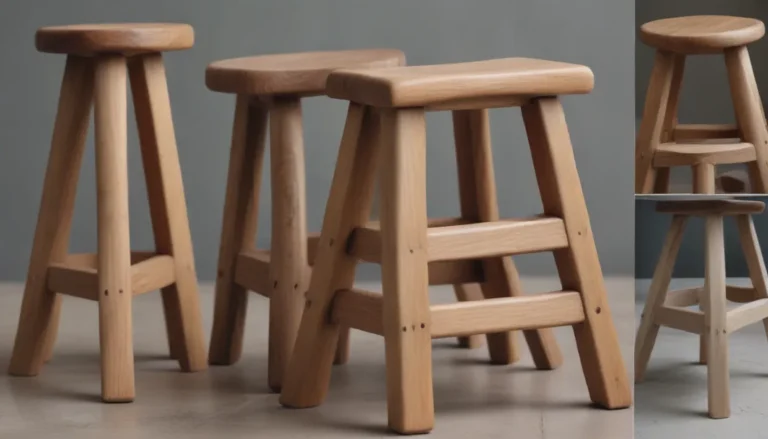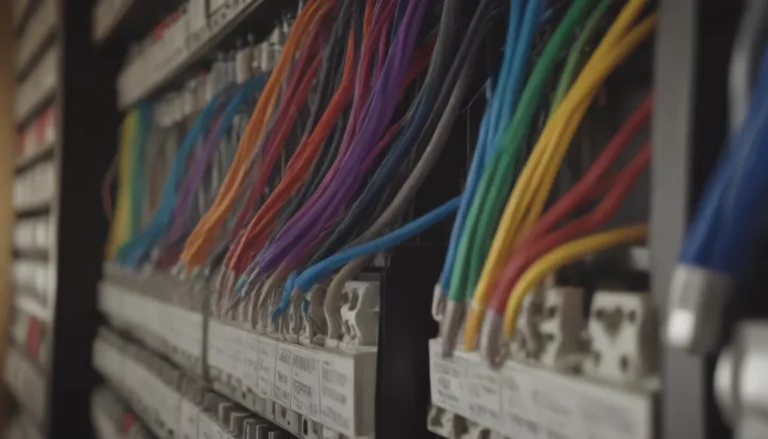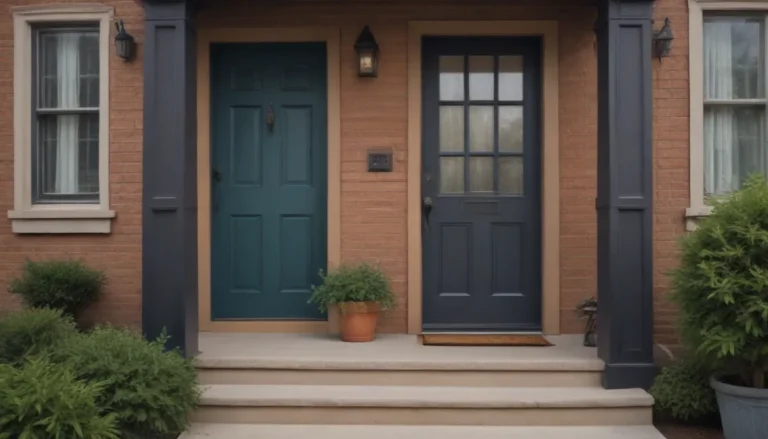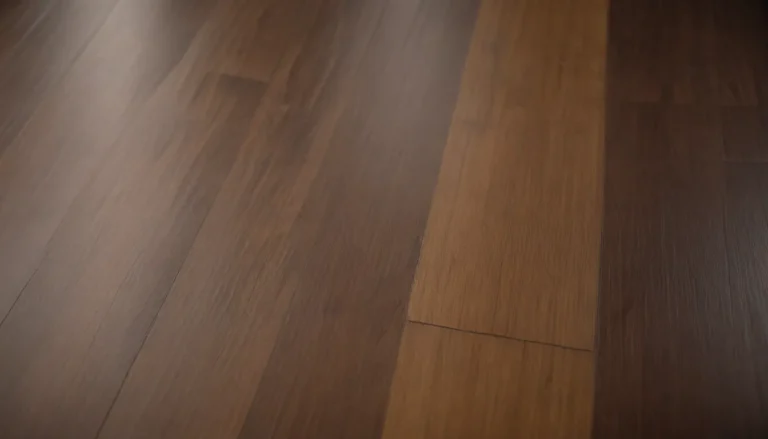OSB vs. Plywood: Comparing Subfloor Materials
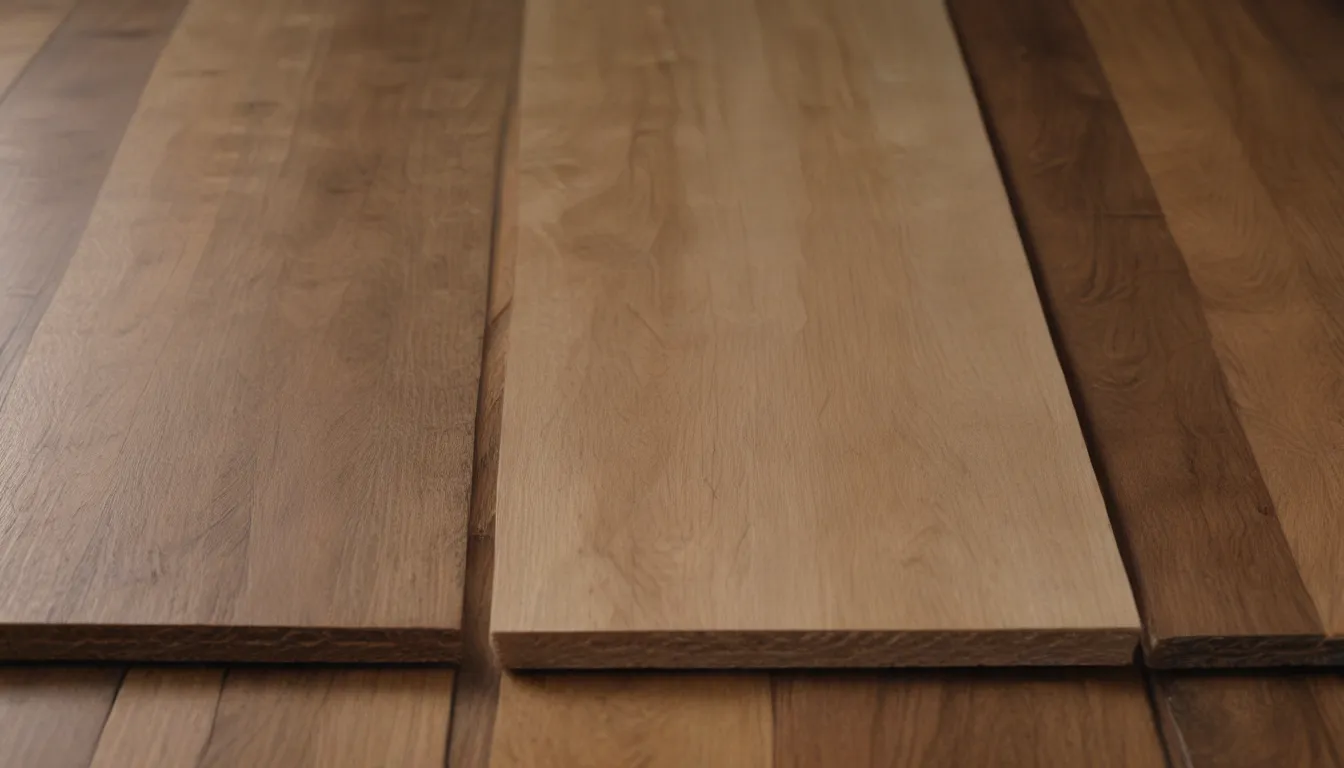
Are you planning a flooring renovation and feeling overwhelmed by the choices for subfloor materials? Let’s break it down and compare two common options: plywood and oriented strand board (OSB). These subfloors are the foundation of your flooring system, providing structural support and stability for your finished floors. But which one is the best choice for your project? Let’s dive deep into the differences between plywood and OSB to help you make an informed decision.
Understanding Plywood and OSB
Before we compare the two subfloor materials, let’s take a closer look at what plywood and OSB are all about:
- Plywood: Made from thin layers of wood veneer glued together at right angles, plywood is known for its strength and durability. It’s a popular choice for subfloors due to its stability and resistance to warping.
- OSB: Oriented strand board is composed of large wood chips glued together in layers. It’s a cost-effective alternative to plywood, often used in construction for its affordability and uniformity.
Plywood vs. OSB: Major Differences
When it comes to choosing between plywood and OSB for your subfloor, here are some key factors to consider:
- Structural Strength: Plywood is known for its superior strength, making it a reliable choice for heavy flooring materials like ceramic or stone tile.
- Moisture Resistance: OSB may be slightly more resistant to water, but it tends to swell more than plywood when exposed to moisture.
- Suitability for Flooring Materials: Plywood is recommended for heavy flooring applications, while OSB is a budget-friendly option for standard flooring.
- Cost: OSB is generally cheaper than plywood, making it a cost-effective choice for larger projects.
- Nail/Screw Holding Power: Plywood offers better holding power for fasteners compared to OSB.
- Installation Details: Both materials can be installed in a similar manner, but plywood is preferred by some installers for its ease of installation.
Appearance and Durability
- Appearance: Plywood has a traditional wood look, while OSB is more uniform in appearance due to its manufacturing process.
- Durability and Maintenance: Both plywood and OSB are durable materials that can last as long as the house itself with proper installation and maintenance.
Cost and Lifespan
- Cost: OSB is more affordable than plywood, making it a budget-friendly option for subfloor projects.
- Lifespan: Both plywood and OSB subfloors can be expected to last for the life of the house if properly installed and maintained.
Installation and Sizes
- Installation: Plywood is preferred by some installers for its ease of installation and superior holding power for fasteners.
- Sizes: Both plywood and OSB subfloor sheets come in standard sizes, making them versatile options for various projects.
Comfort, Sound, and Resale Value
- Comfort and Sound: There is usually no significant difference in performance between plywood and OSB subfloors in terms of comfort and sound.
- Resale Value: Plywood may offer a slight premium in resale value due to its perceived strength and durability.
Choosing the Right Subfloor Material
In the end, both plywood and OSB have their own advantages and considerations. While plywood is often regarded as the superior choice for its structural strength, OSB offers cost savings that make it a viable option for many projects. Ultimately, the best subfloor material for your project will depend on your budget, flooring materials, and specific requirements.
When planning your flooring project, consider the following factors to determine the best subfloor material for your needs:
- Budget constraints
- Type of flooring materials
- Level of moisture resistance required
- Installation preferences
- Long-term durability and maintenance
By weighing these factors and comparing the benefits of plywood and OSB, you can make an informed decision that meets your project’s needs and budget. Whether you choose plywood for its strength or OSB for its affordability, both materials offer reliable options for your subflooring needs.
In conclusion, while plywood is generally considered the slightly superior option, OSB is a practical choice for many projects due to its cost savings and durability. Whichever material you choose, ensure proper installation and maintenance for a long-lasting and stable subfloor that supports your flooring for years to come.
